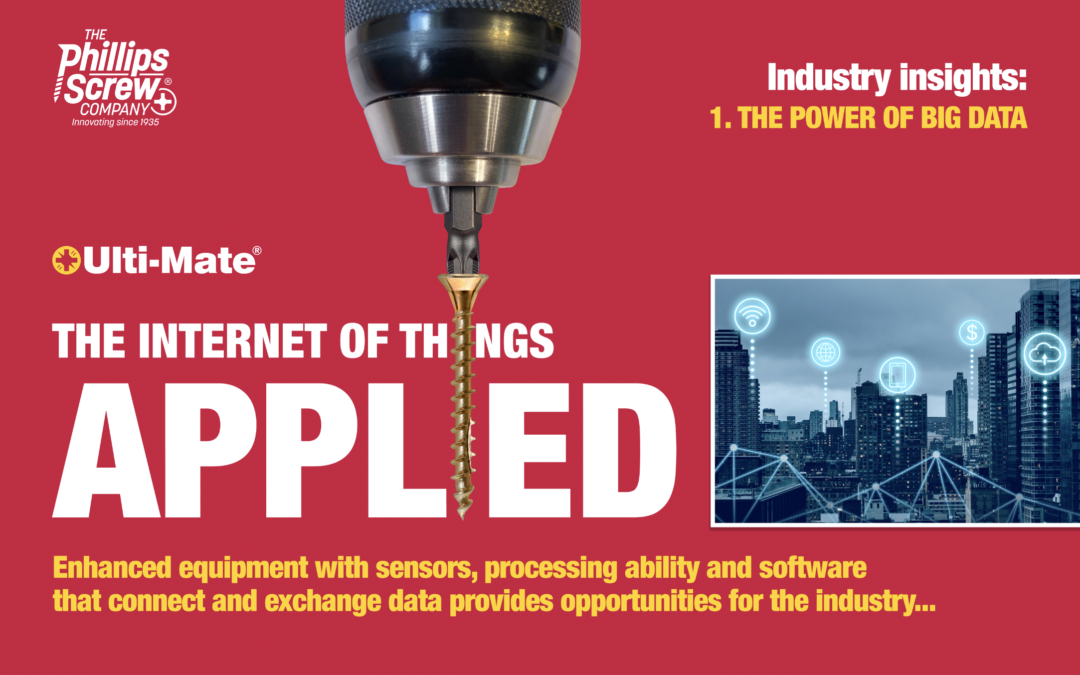IoT in construction
The construction industry is rapidly adopting the Internet of Things (IoT) to improve project management, workplace safety, and overall efficiency. Connected devices gather and share data that can be used to monitor job site conditions, track equipment usage, and streamline communication between team members.
By implementing IoT technology, construction companies have the potential to save time and money on projects while improving safety for workers.
Overall, the integration of IoT in construction offers a wealth of opportunities for improved productivity and Predictive algorithms can even forecast potential problems and provide proactive solutions. As the industry continues to integrate IoT technology, we can expect to see a more efficient and successful construction sector.
The construction industry has long been plagued by inefficiencies, with projects often running over budget and behind schedule. However, the rise of IoT technology is offering new opportunities for improvement in this sector.
Connected devices allow construction companies to gather data about job site conditions and project progress in real time. This can help managers make more informed decisions about resource allocation, staffing levels, and equipment usage. For example, connected wearables can monitor employee health and identify potential hazards early on, reducing accidents and improving safety on the job site.
In addition to providing better visibility into day-to-day operations, IoT also offers increased tracking capabilities for large equipment such as cranes and bulldozers. By monitoring these assets in real time, companies can improve resource allocation and reduce the risk of equipment theft or loss.
Beyond simply improving efficiency, IoT technologies have the potential to revolutionize construction projects by helping managers predict potential problems in advance. With predictive algorithms, project managers can anticipate issues such as worker fatigue or soil erosion before they arise and take proactive measures to mitigate them.
Overall, the adoption of IoT in construction is a promising development that has the potential to transform this sector for the better. As more companies embrace this technology, we can expect to see improved productivity and greater success on future projects.
More articles to come in the following weeks.
To find out how the Ulti-Mate® range of screw fastenings can make your business more efficient, call Andy Boden on 07706 783563 or email aboden@phillips-screw.com
Further reading
https://www.agilevision.io/blog/applying-iot-in-the-construction-industry-top-7-use-cases
https://www.datasciencecentral.com/iot-in-construction-changing-the-construction-industry/
https://www.unearthlabs.com/blogs/iot-in-construction
https://www.planradar.com/gb/internet-of-things-in-construction/
#ultimate #ultimatewoodscrews #phillipsscrewcompany #stickfit #constructioninsights #constructionAI #bigdatainconstruction #BIM #constructionefficiency #constructionalgorithms #efficient #performance #woodscrews #screws #construction #worksmart #marketingtoolkit


Recent Comments